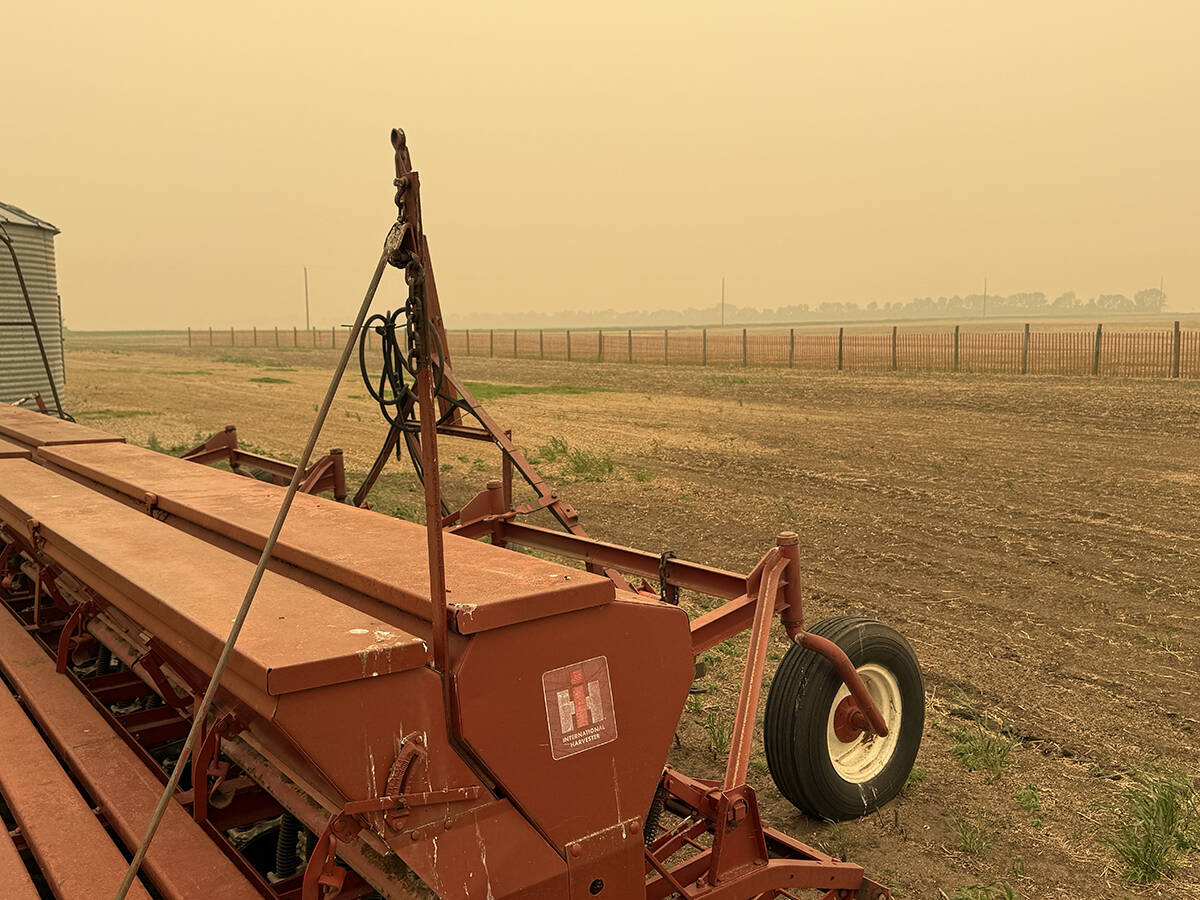Liberal agriculture critic Wayne Easter remembers the 1980s when he struggled to service farm debt as interest rates soared into the double digits and his dairy farm debt became almost unmanageable.And while high interest rates are not on the horizon, Easter warned that the farm sector is sleepwalking toward another debt crisis.“It was unbelievable to go through that and people who think it couldn’t happen again are fooling themselves,” he said May 28. “With debt levels so high and the very high likelihood that rates will start to increase from historic lows, this debt load is a nuclear bomb in the industry that could blow up.”The Prince Edward Island MP was reacting to a Statistics Canada report that shows farm debt at the end of 2009 at $63 billion, almost $3 billion higher than the previous year.It is the continuation of an annual increase in farm debt that began in 1993 after years of relative stability. In 1992, national farm debt actually decreased slightly to $23.4 billion.Since then, every year has set a new debt record and the total has soared more than 250 percent.At the University of Saskatchewan, agricultural economist Rose Olfert said May 31 that it is difficult to draw conclusions about individual farm debt levels from national or provincial numbers.“Debt levels and ability to service the debt will vary from farm to farm so it is difficult to make global judgments,” she said.However, she said signals from the Bank of Canada that Canadian interest rates could start to increase this summer are troubling.“With a debt this high, interest rate increases are a really scary prospect,” she said. “The current debt was built up at very low interest rates but all the signals are that this soon will end. That could be a problem for many farmers.”Richard Gray of the University of Saskatchewan said in an industry with volatile prices and uncertain income, a debt burden that size represents a “considerable overhang” on the industry.At $2.4 billion in 2009, debt servicing costs already are one of the largest expenses faced by farmers and one of the fastest growing.He said it could be a particular burden for supply management farmers with multi-million quota debts.Easter said the debt level is becoming a competitiveness issue for Canadian farmers.“There is a tremendous cause for concern because proportionately, farm debt in Canada is as much as four times the level in the United States,” he said.“This means Canadian farmers have higher costs than the American farmers they compete with. In my view, the debt is way out of hand and for farmers trying to live with it, there isn’t a farm income policy in place that gives farm income any stability or predictability. The debt is predictable.”
Read Also

Wildfires have unexpected upside this year
One farmer feels smoke from nearby wildfires shrouded the July skies and protected his crop from the sun’s burning rays, resulting in more seeds per pod and more pods per plant.














